Where would two hours take you? Given Cebu’s current situation, you could be stuck in bumper-to-bumper traffic on a Friday night—a rainy one, if you’re that unlucky. Or you could be flying through the clouds to Asia’s secret gem, Taiwan.
With a visa-free program until 2019 and more flights to Taipei, this quaint island north of the Philippines is now a quick getaway option—perhaps even better than the currently more popular Hong Kong and Singapore.
What Taiwan lacks for in terms of theme parks and other commercial tourist destinations offered by the latter two, it makes up for an enviable currency exchange rate—perfect for those who want to indulge in the night markets and food scene the country is best known for. But make no mistake: Just because it doesn’t have Disneyland or Universal Studios doesn’t mean it doesn’t have a lot to offer. In fact, you’d be pleasantly surprised at how different Taiwan’s appeal is.
Following an early morning flight that brought us to Taiwan ahead of schedule, we were whisked off to the Presidential Office Building in the New Taipei City downtown area. While the Baroque-style architecture is quite stunning to look at from outside, the Office of the President of the Republic of China is only open to the public a few times a year and our timing was unfortunate, making the stop more of an obligatory one than anything else.

The Chiang Kai-Shek Memorial Hall was a more worthwhile destination; despite portions of it being under preventive maintenance, the imposing structure looked as majestic as it does in photos (it’s one of Taiwan’s most iconic landmarks). We climb some 80-something steps all the way up to the main chamber, which boasts of a large statue of the late President Chiang Kai-Shek. Here, we managed to catch the mounting of the guards, a traditional ceremony that replaces the men guarding the statue. From our vantage point, we were also able to see the rest of the Memorial Hall Square, which includes the National Concert Hall, the Liberty Square entrance, and the National Theater.
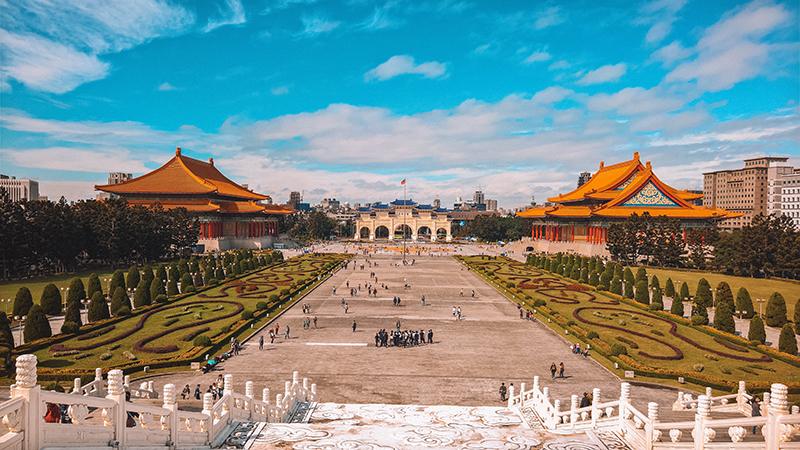
The Lungshan Temple in the Wanhua district provided an interesting look at Taiwan’s religious culture. While it has a lot of Buddhist elements, it also has halls dedicated to Chinese deities. Our tour guide Jane helpfully explains the traditional practices while walking us through more than 10 altars, each one having a specific cause such as motherhood, education, and harvest, among others.
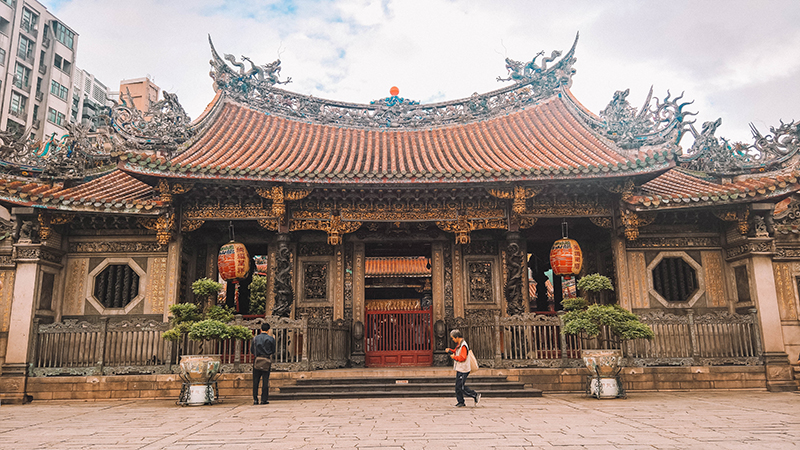
In contrast, TAIPEI 101 is a towering structure of modernity that stands out against Taiwan’s skyline. The tallest building in the world until the completion of Dubai’s Burj Khalifa in 2009, the skyscraper was designed in a way to withstand natural calamities; in fact, a tour of the tuned mass damper gives tourists an idea about the building’s safety precautions despite its height. While most people may argue that the TAIPEI 101 is best viewed from elsewhere, nothing beats the experience of actually being there, especially when it also has the world’s fastest elevator. Traveling at a speed of 60 km/h, it takes guests from the fifth floor all the way to the 89th floor within 45-50 seconds—and surprisingly, without inducing motion sickness. Because of the day’s rainy weather, we were unable to head up to the open-air observatory, but the views from behind glass windows were nonetheless striking as well.
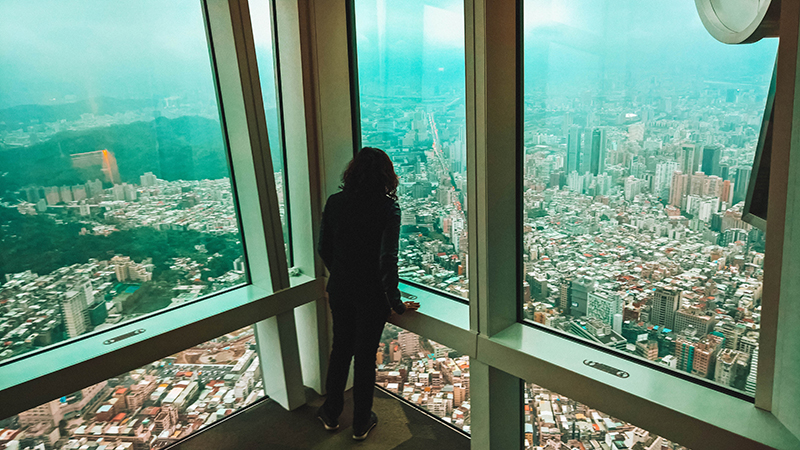
Truth be told, though, the real charm of Taiwan truly lies outside the city limits—hiking trails are numerous, wildlife is abundant, and hot springs are alluring. With a two-day itinerary, we were unable to explore these further as much as we wanted to, although a day trip to Jiufen was a welcome alternative. Located an hour away from New Taipei City, Jiufen is a mountain town which rose in popularity due to its resemblance to a locale in the anime movie Spirited Away (movie producers have since denied this). Getting there is quite the experience, with narrow roads doing hairpin curves all the way up—and may we just emphasize that it’s a two-way road shared by both private cars and big buses? If you can get past the anxiety-inducing sojourn, the view is awe-inspiring, from Jinguashi’s Golden Waterfall (so-called, because of the gold and copper deposits) to the lush greens interspersed with quaint towns.
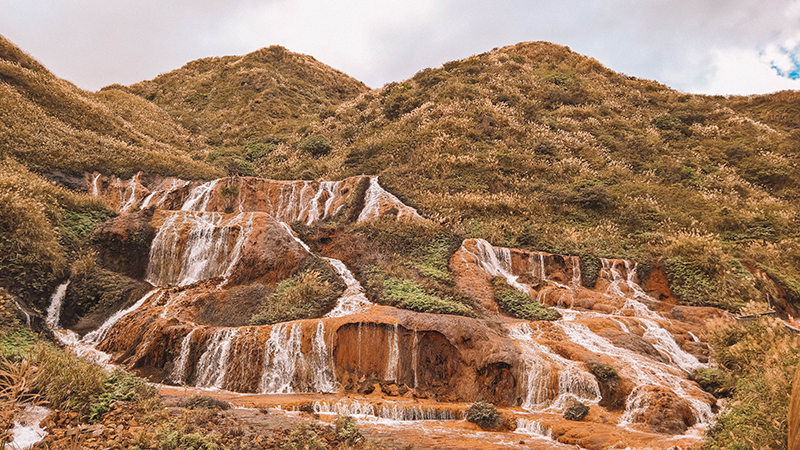

Given that it was a Saturday, Jiufen was understandably crowded. Jane had us follow her in a single-file formation as we ventured into the main road, making occasional stops to ooh and ahh over local cuisine, charming souvenirs and other interesting shops. We sample a peanut roll with ice cream, a seemingly simple crepe-like dessert made extraordinary with the addition of coriander. There are also numerous sellers offering free samples of beef jerky, meat paper (perfectly edible and ridiculously tasty), and tea—lots of tea. In fact, just a walk along the major thoroughfare would fill your stomach if you’re so inclined to taste everything offered, but we found ourselves in a small restaurant at the end of the road, facing the iconic A-Mei Teahouse, one of Taiwan’s most recognizable landmarks.


Speaking of food, Taiwan doesn’t sell itself short with its offerings. Most famously, it is home to the original Din Tai Fung, the Michelin-star restaurant best known for their to-die-for xiao long bao. The 40-minute wait outside the blistering November cold certainly paid off.
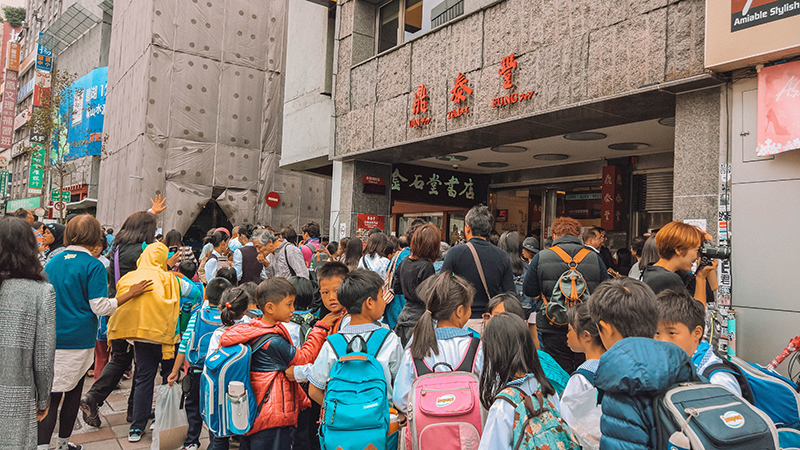
There’s also milk tea, and while people may scoff at trying them when there are milk tea places in the Philippines, the authentic Taiwanese ones are definitely worth checking out. For the more adventurous, you’d find stinky tofu in Ximending—you can even smell them blocks away. The olfactory experience is disgusting, sure, but when in Taiwan, right?
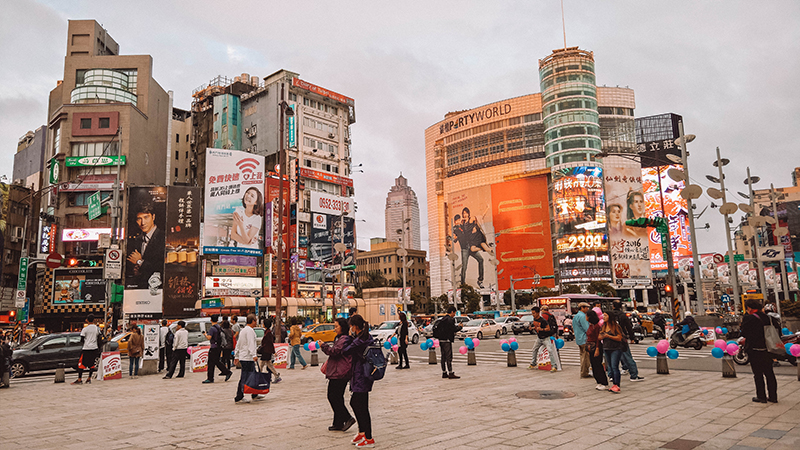
48 hours is not enough to truly experience the best of Taiwan, but it left us wanting to go back for more.
Philippines AirAsia flies to Taipei daily.
Original article published in Zee Lifestyle, March 2017

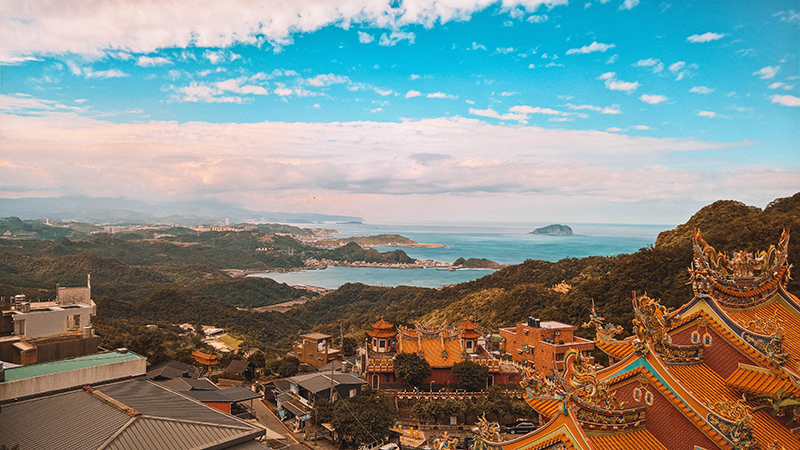
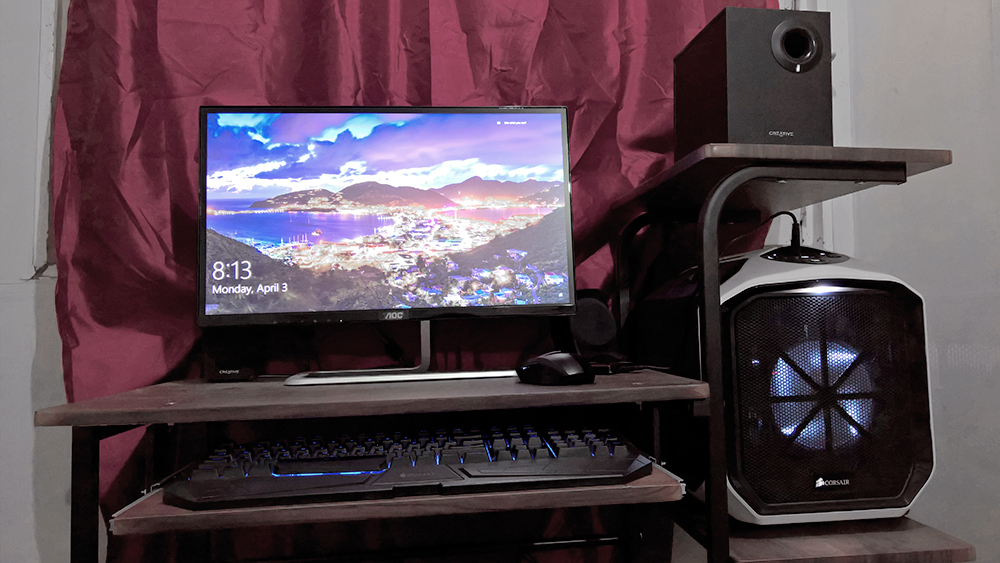


2 thoughts on “Travel: 48 Hours in Taiwan”